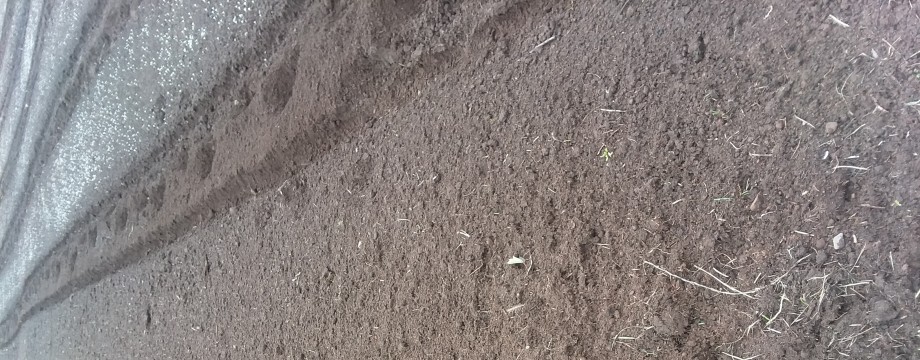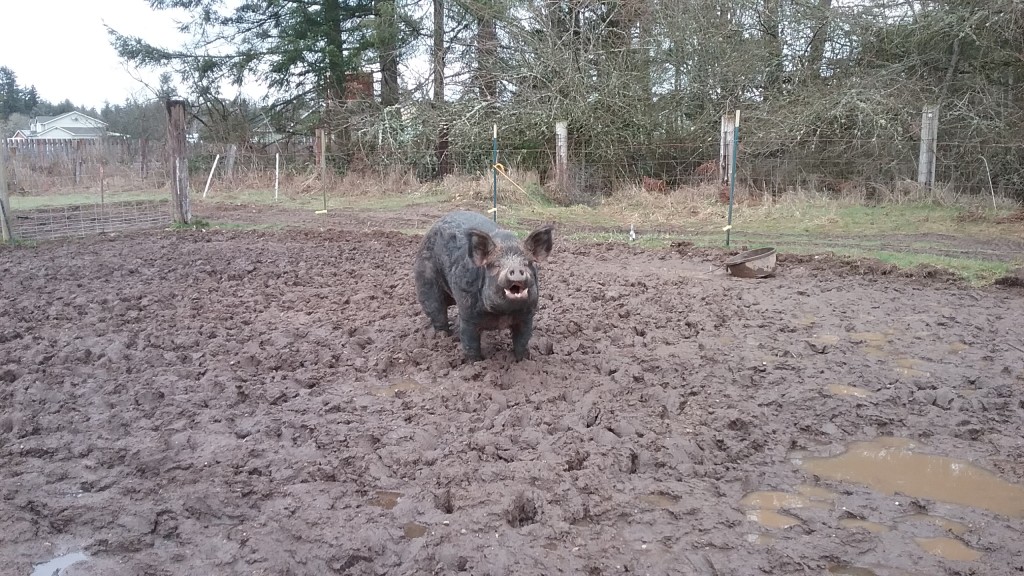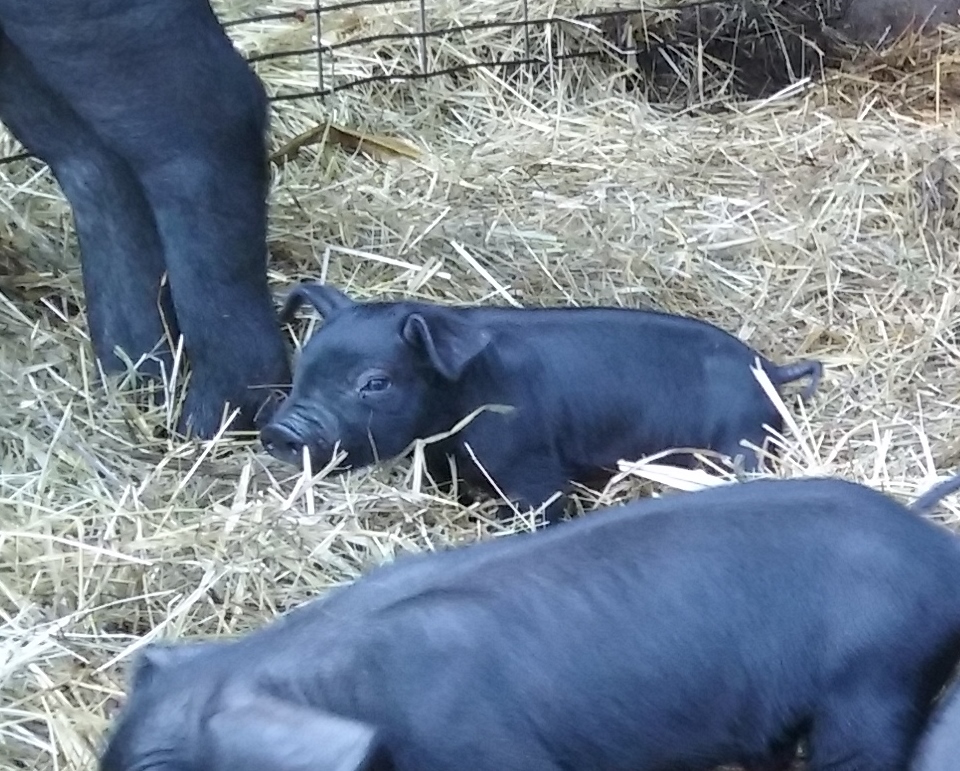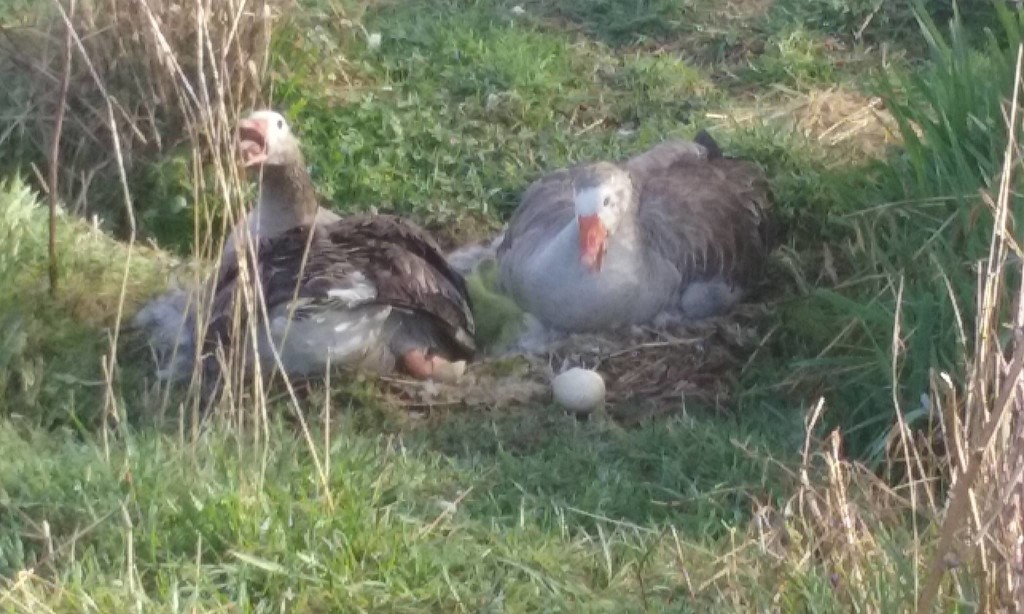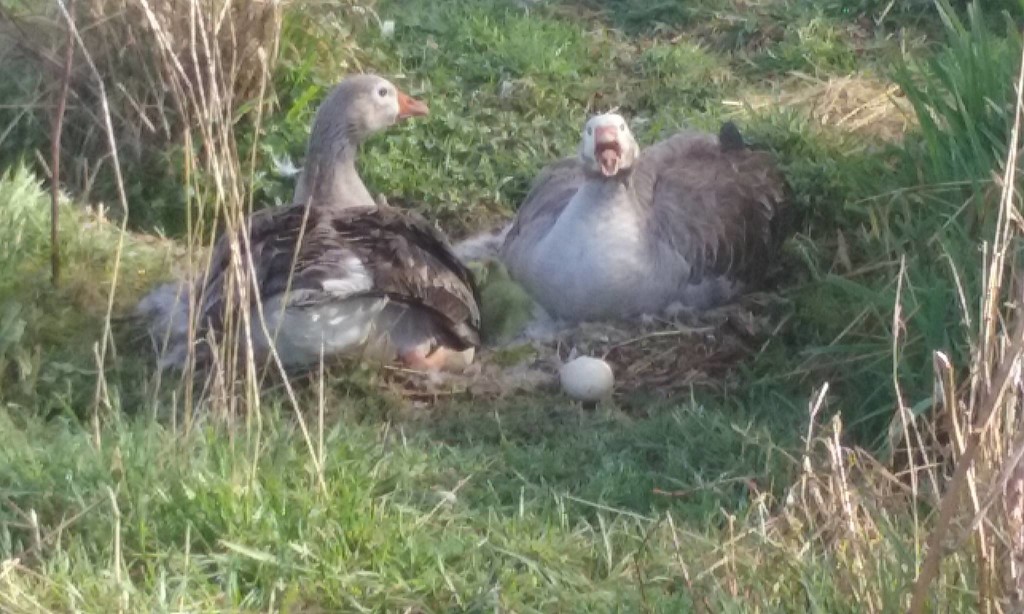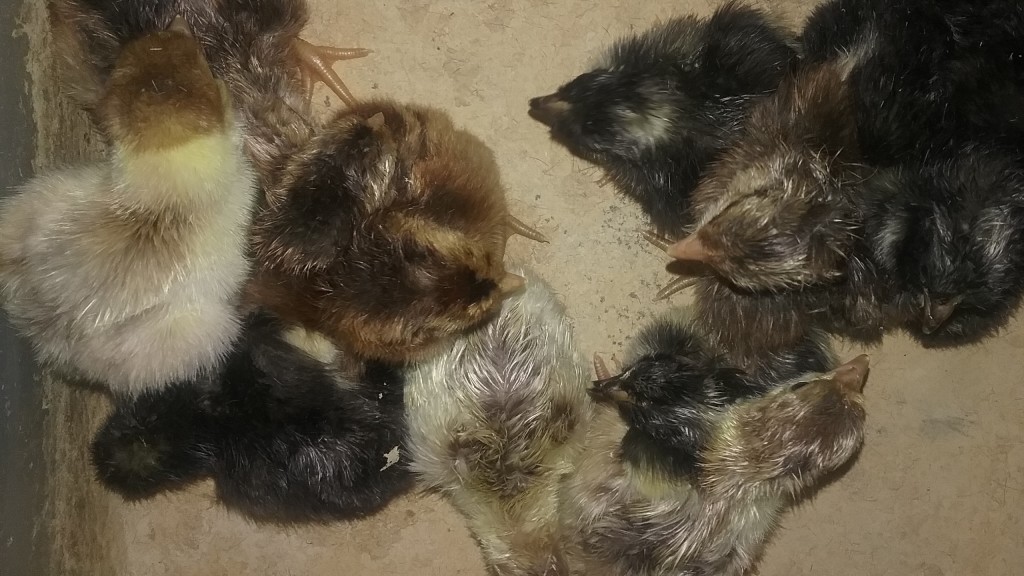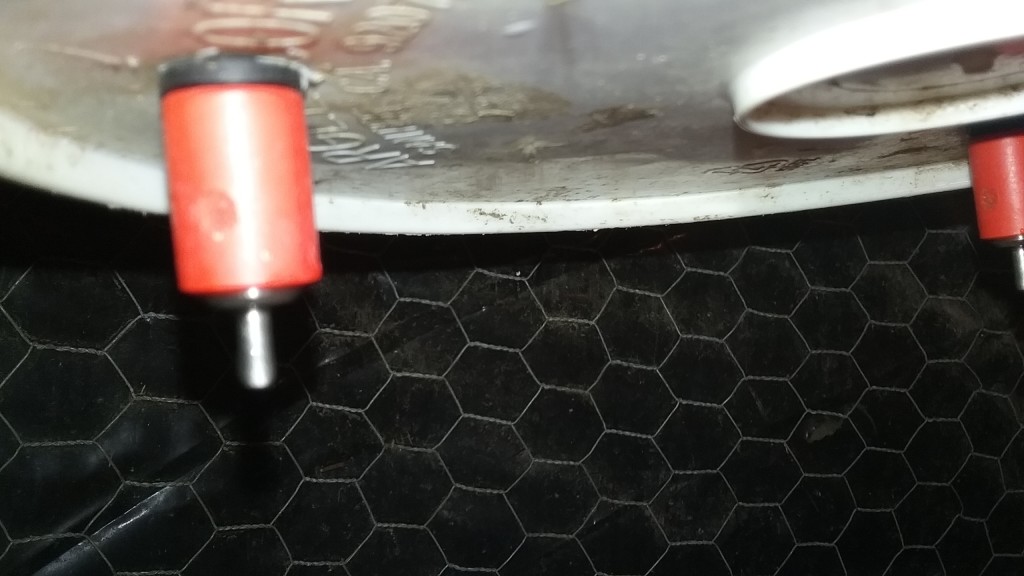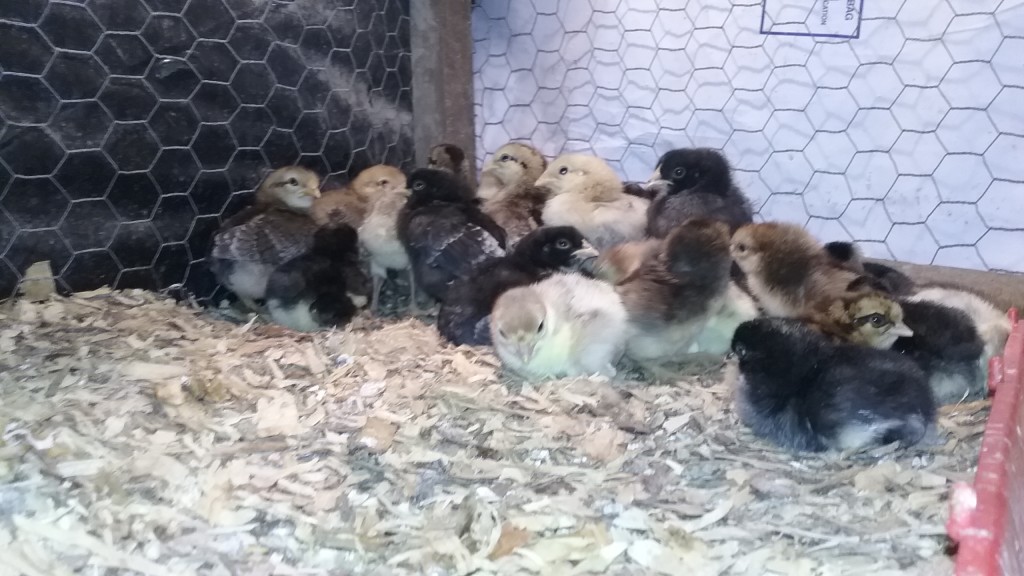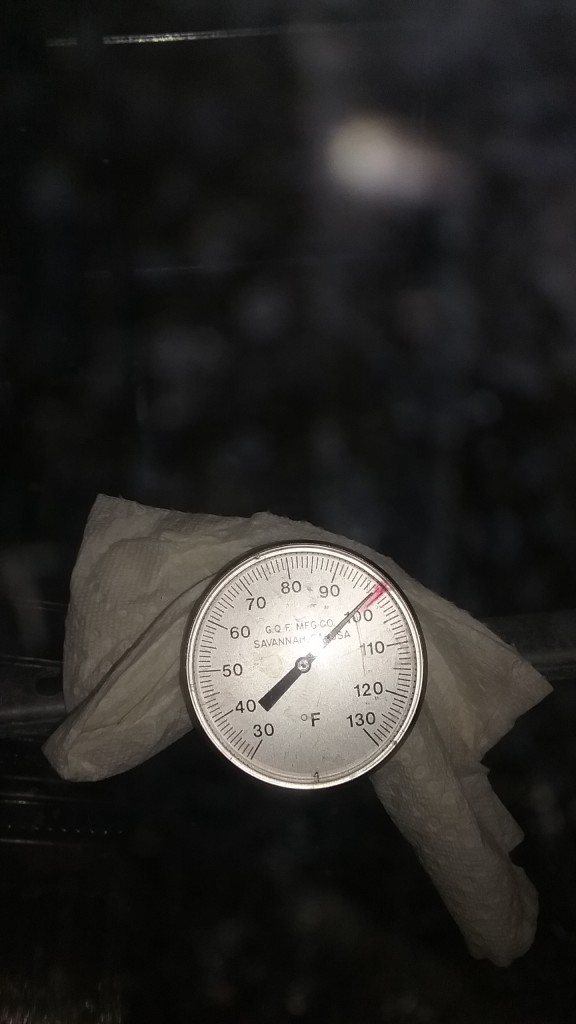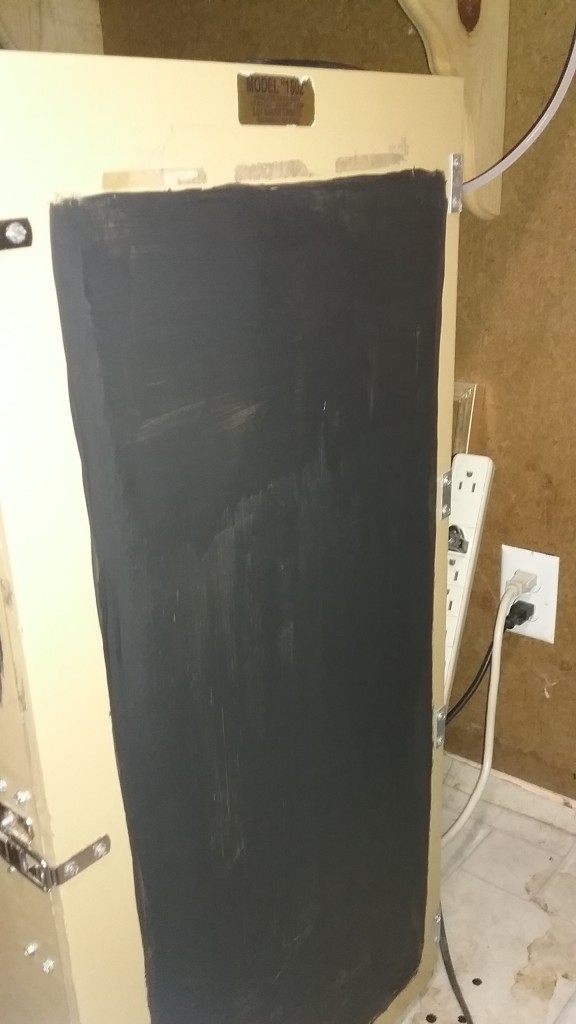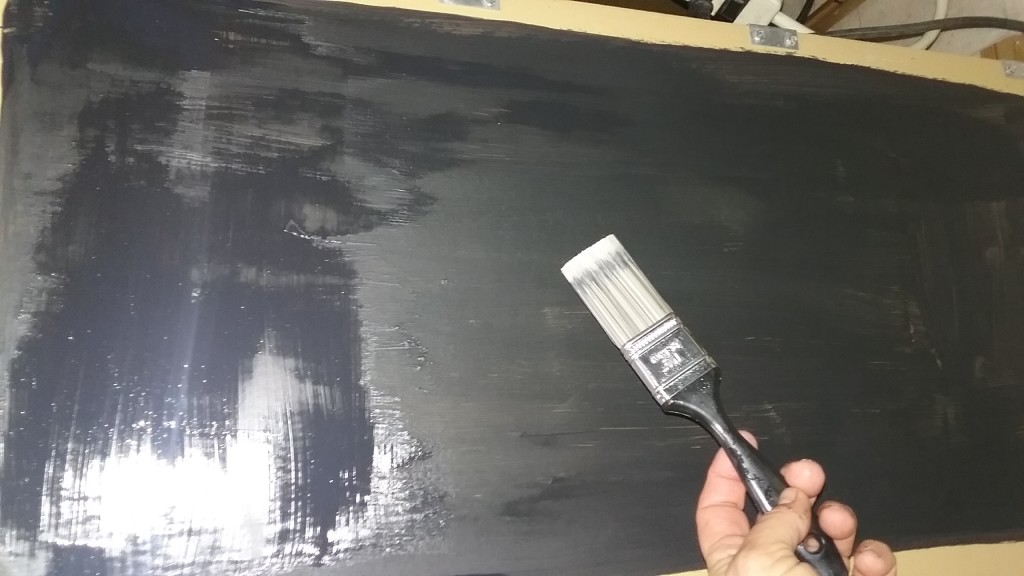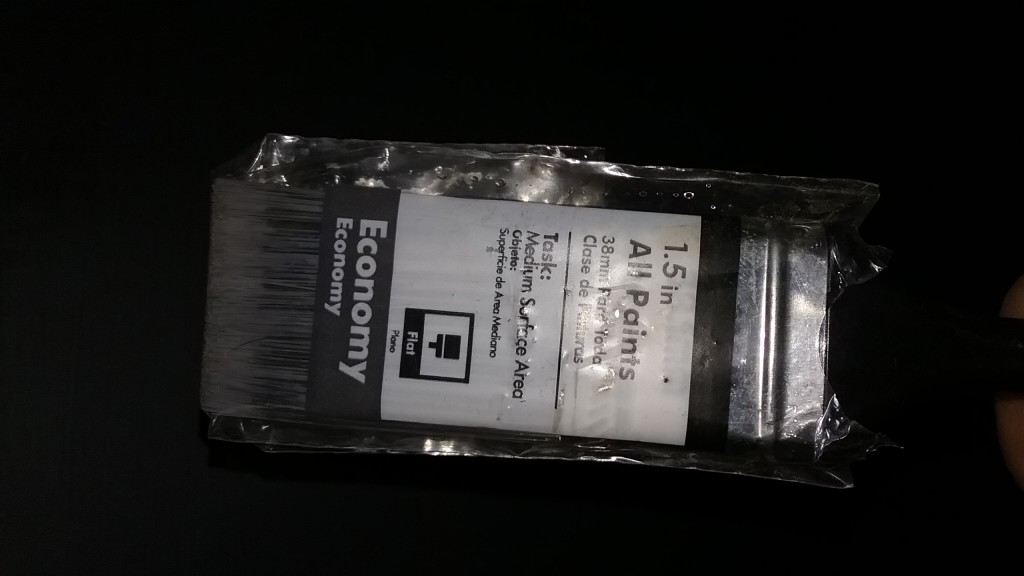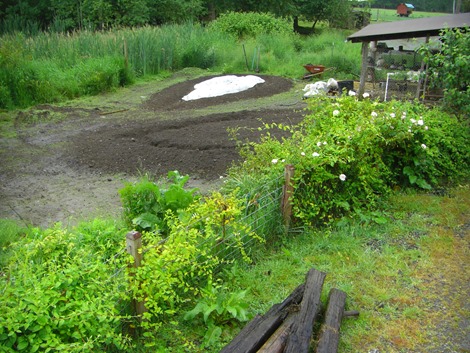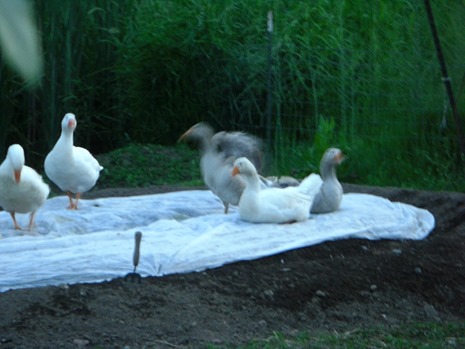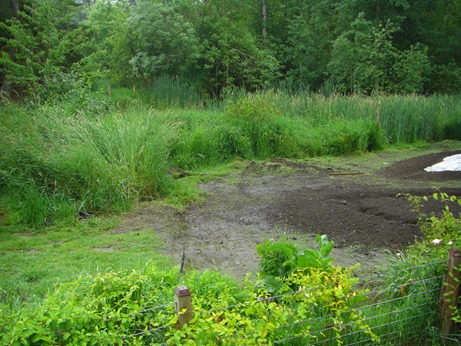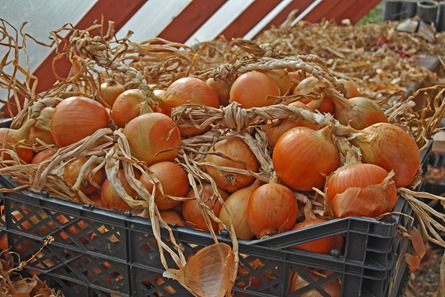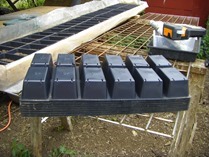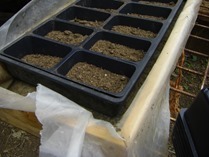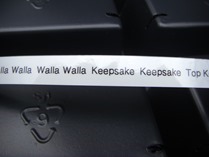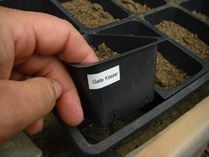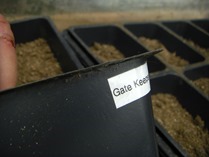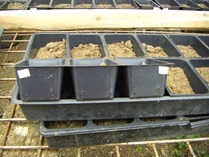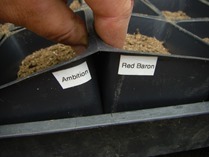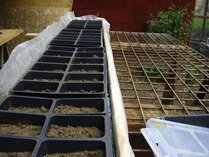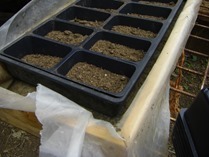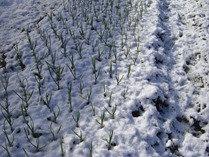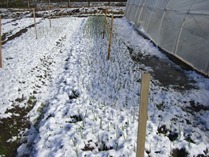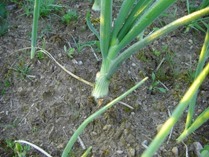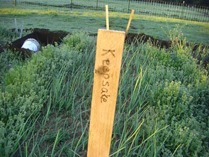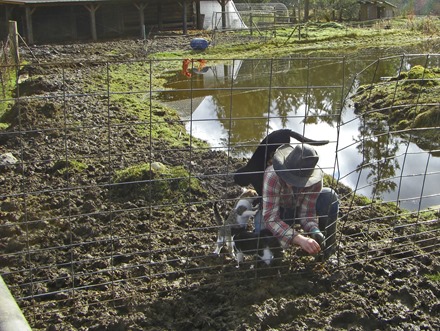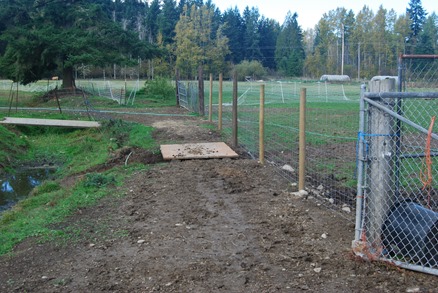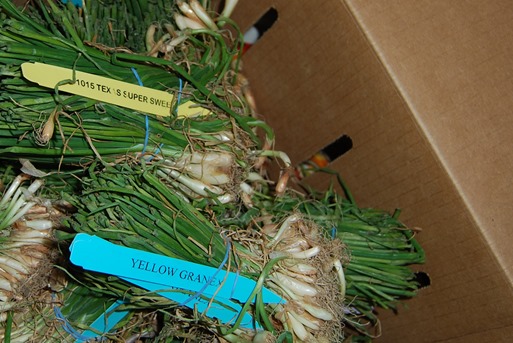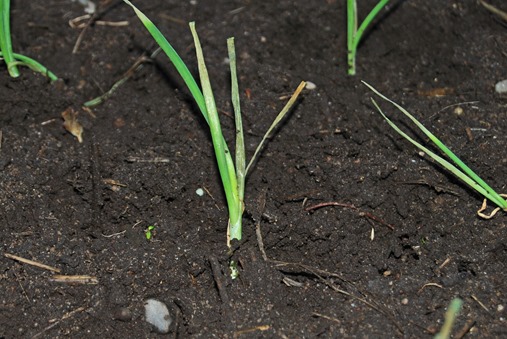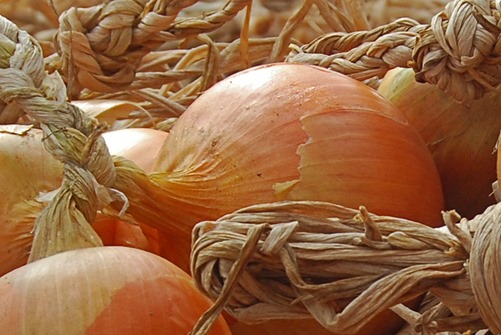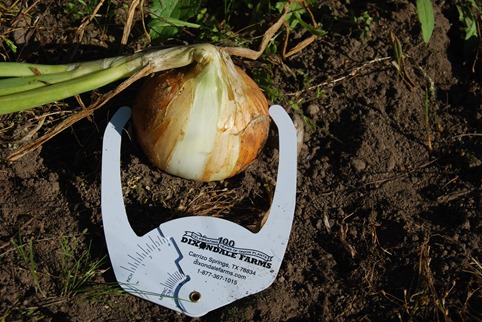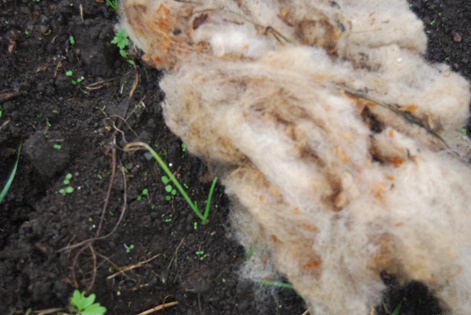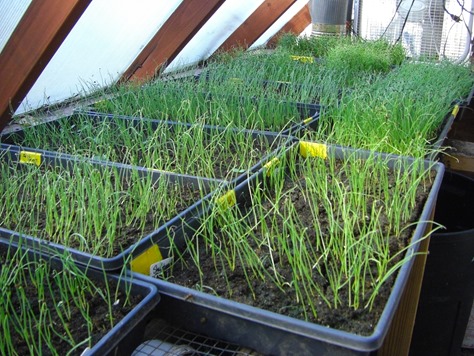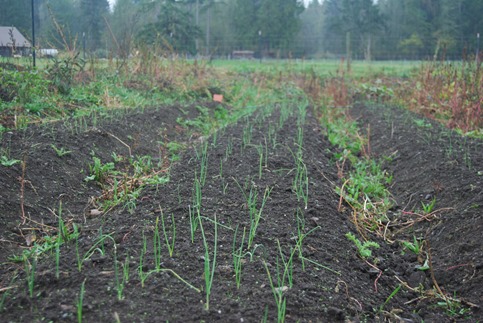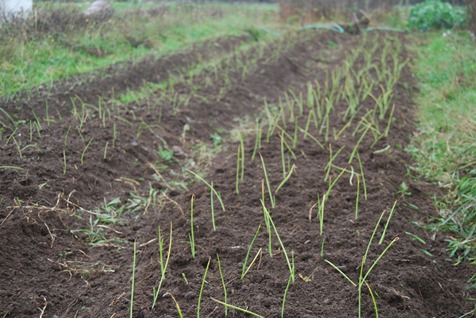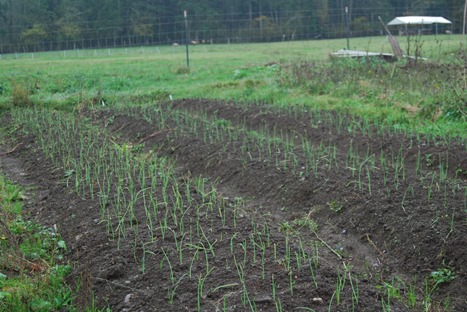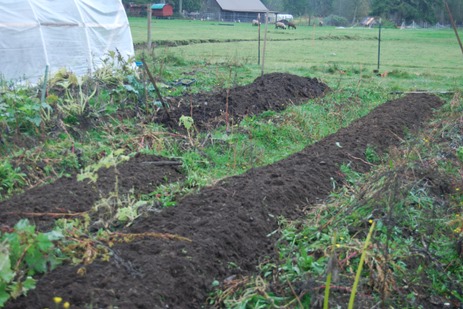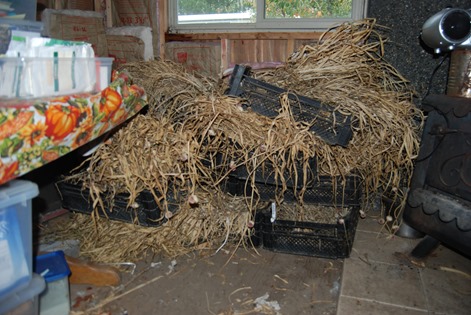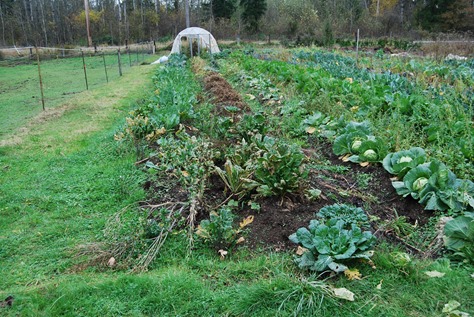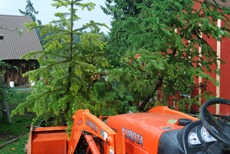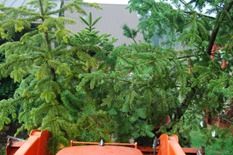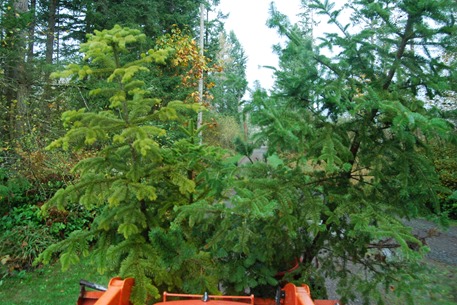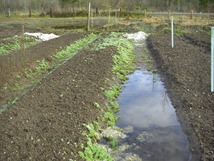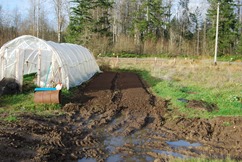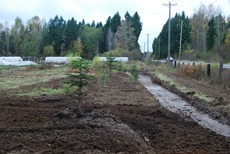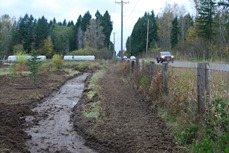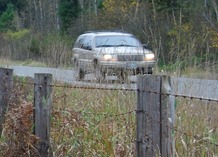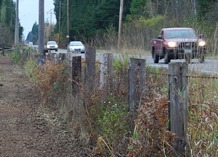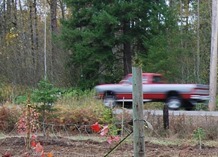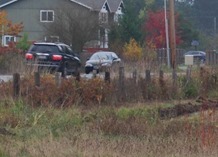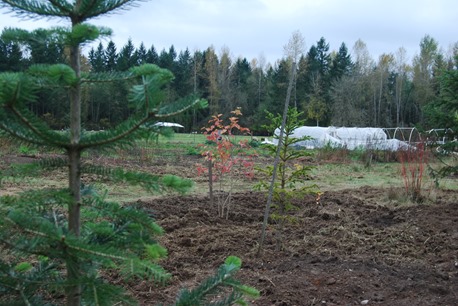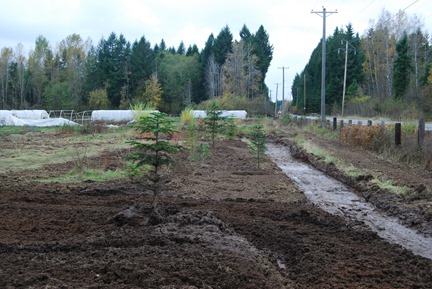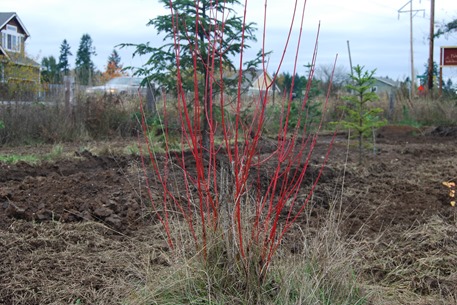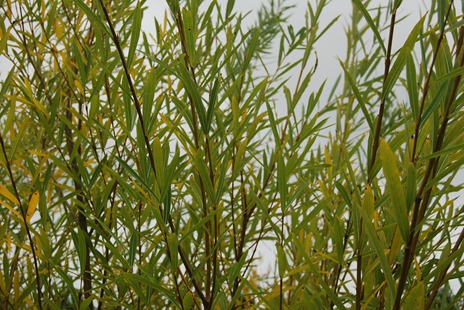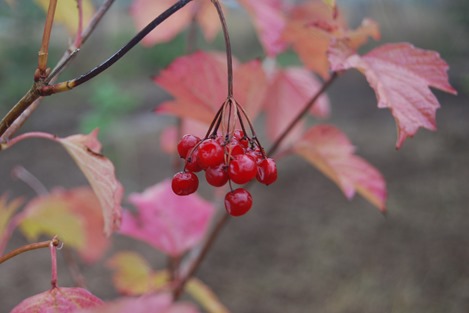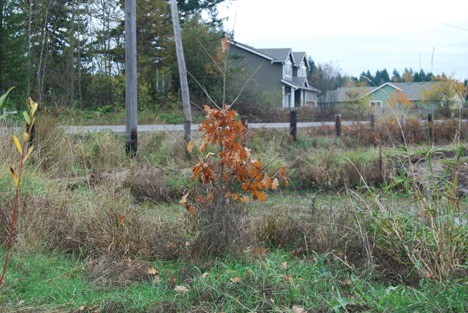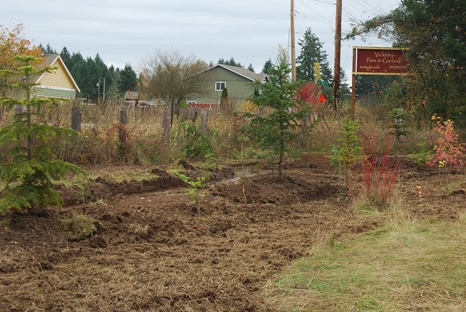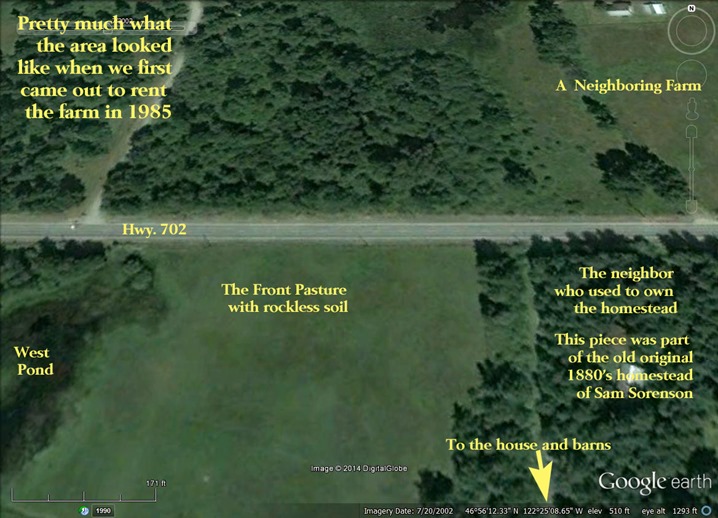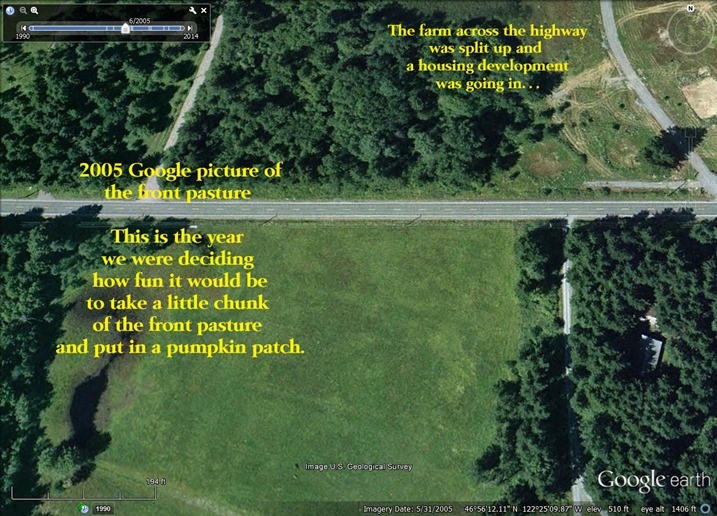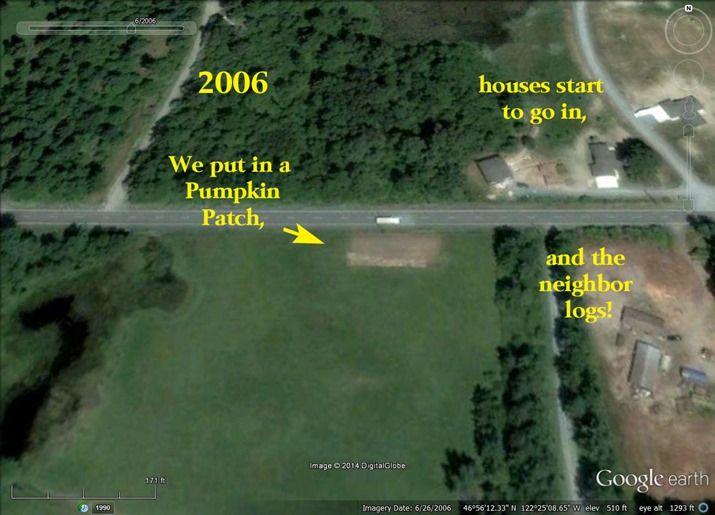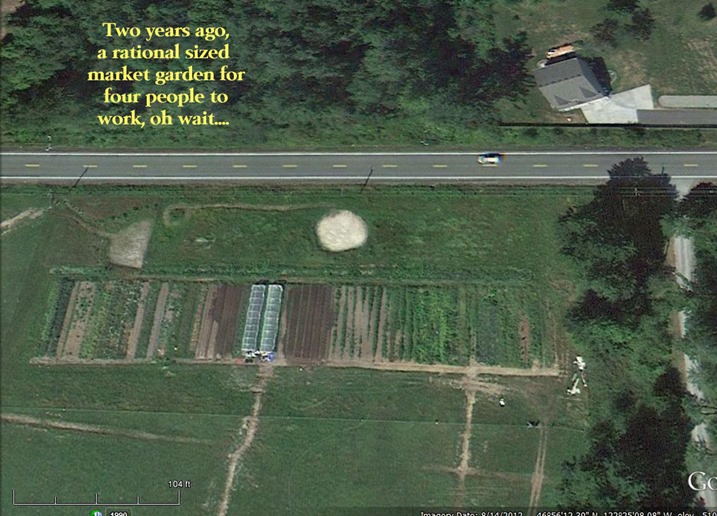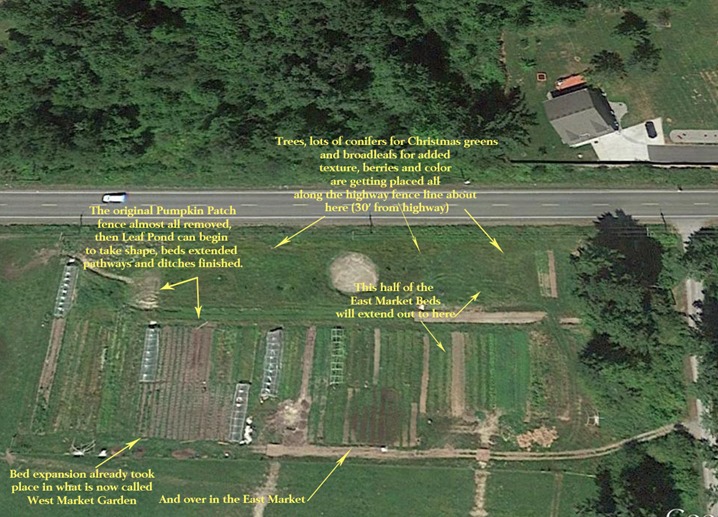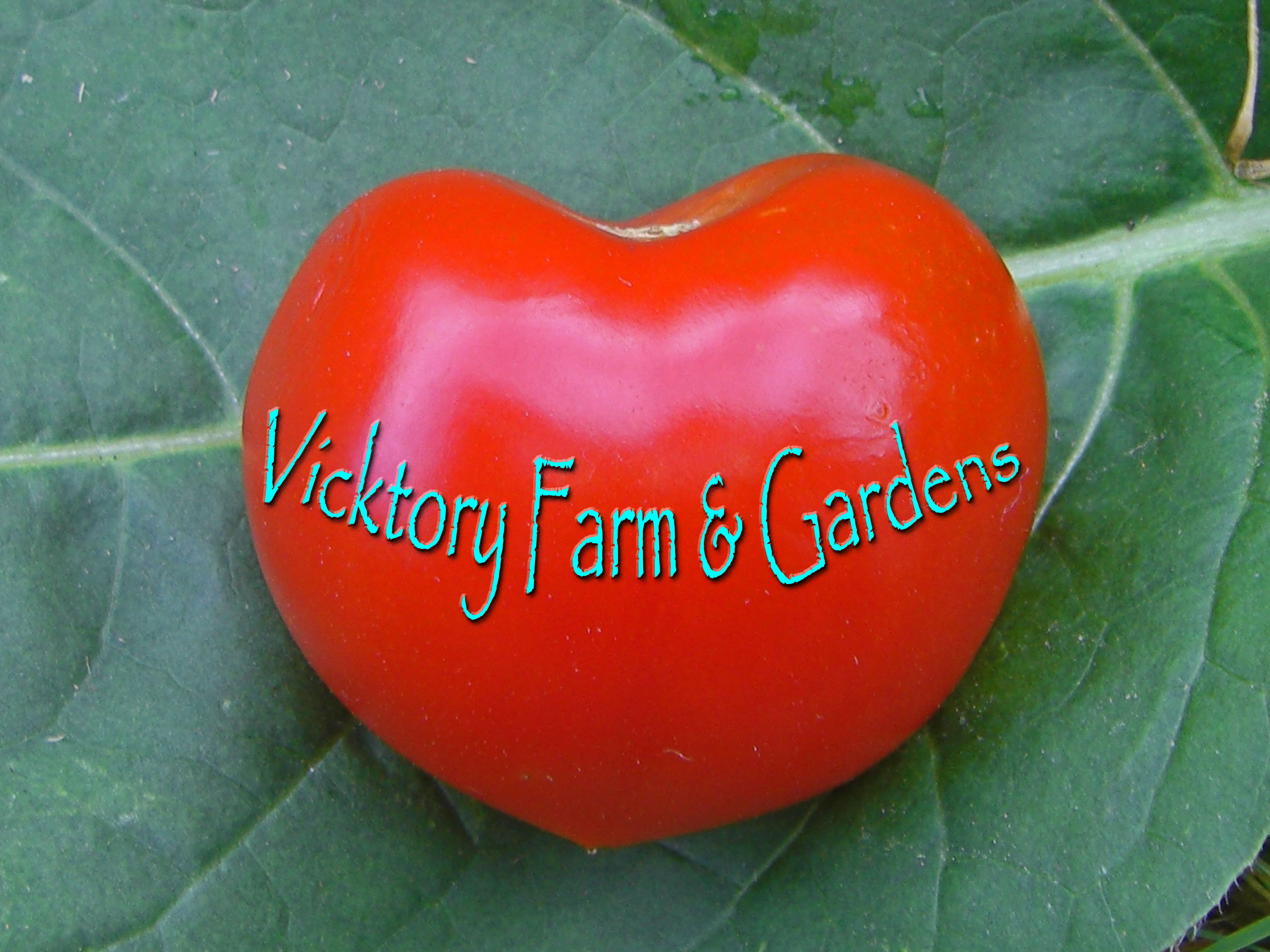Tomato plants go on sale this week!
Monday-Wednesday! Facebook and Blog Friends Special Come out between 10am and 6pm, the gate will be closed but we’re right out in the front in the Market Garden. Give a quick toot on your horn and we’ll come open the gate. Get the early bird price of $3.00 per plant. (Don’t wear nice shoes! you will be going out to the Market Garden it will be wet and muddy.)
Thursday – Sunday (or until sold out) Open to the Public. drive down to the Market Shed, $4.00 ea.
We don’t have an endless supply of any one variety so if you want certain ones make plans to come early! When they are gone they are gone!
We only start tomatoes that we intend to plant here at the farm, in order to make sure we have plenty for producing lots of tomatoes for our produce customers we start about twice as many as we need.
They start on the propagation bench, and are up potted twice. The last time into half gallon pots using our own mix of farm compost, vermiculite, perlite and fishbone meal. Once they are in the half gallons they go out to a cooler hoop house to begin their hardening off. Now they are sturdy strong plants, ready to be planted out in garden beds or big containers.
We appreciate good ol’ hearty tasting tomatoes and we like to sell what we love, so you don’t need to worry that you are going to get boring lame box store type tomatoes or whacky worthless weirdos. Most varieties that we offer we have grown here at the farm for several years.
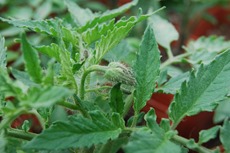
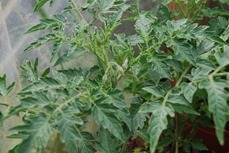
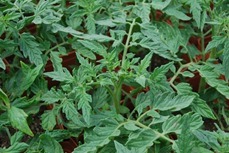
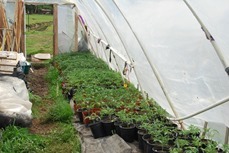
These are the tomato plants for sale this year at VF&G:
Cherry Types
Yellow Pear open pollinated, indeterminate, 75-80 days. “A great tomato just loaded with hundreds of small 1-2 inch yellow pear-shaped fruit. A good cage or trellis is recommended for heavy production. An old-time favorite from Grandma’s garden. F1, F2, V”
Hartman’s Yellow Gooseberry open pollinated, indeterminate, 75 days. “Believed to be the same yellow cherry as listed by seedsmen since pre-1930’s, was reintroduced by John Hartman Seed Company. The very long vines bear clusters of 1″ “Gooseberries” that are sweet, mild and tasty. Light golden-yellow in color. One of the largest yielding tomato.”
Chocolate Cherry open pollinated, indeterminate, 70 days A Victory Farm & Gardens’ favorite! Many years it is our only cherry size tomato. Better than a chocolate covered cherry. Very attractive in a dish, or your hand. Super productive, plants produce trusses of 1 inch round fruit nonstop.
Early Slicer Types
Stupice open pollinated, indeterminate, 60-65 days Another Victory Farm & Gardens’ favorite! Very early, very reliable even in minimal sun situations, deals with chilly nights. Sweet, red, slightly oval, 2 inch fruit that slice up for sandwiches, dice up in salads, or peel and can for stewers. A very good tasting early tomato and it continues to produce all summer on very tall vines. Bred in the former Czechoslovakia it is a potato leaf variety.
Glacier open pollinated, determinate, 55 days. Another VF&G staple. Amazingly, days earlier and about a half inch bigger than Stupice and every bit as tasty. A nice sweet all around useful tomato. Get it in the ground now and give it a little protection and you could have a nice tomato salad for Independence Day! Many of our plants already have nice flowers on them.
New Hampshire Sure Crop open pollinated, determinate, 78 days. “This tomato has a rich history and some valuable traits for today’s gardener. Using wild species from Mexico, it was developed by Dr. A.F. Yeager in 1957 to be resistant to late blight (Phytophthora infestans). 4-5 inch tomatoes full of rich old-time tangy flavor. Excellent for canning and slicing.”
Sauce & Paste Types
Oroma open pollinated, determinate, 70 days. “Oroma peels easily to make thick tomato sauce and paste. One of the earliest to mature, the fruit sets early in clusters of 4-7 and keeps very well on and off the plants. The smooth, cylindrical tomatoes are gradually tapered at the blossom end. The 1 1/4 inch wide by 5 inch long fruit average about 4 ounces and have a thick, meaty wall. Parthenocarpic. V.” Everything the catalog says about this one is true and then some. I will always grow it for its earliness and flavor. Way better than other open pollinated determinate romas.
San Marzano Gigante 3 open pollinated, indeterminate, 90 days. The catalog says it is “A heftier version of any San Marzano tomato that we have trialed with a magnificent, robust flavor to boot.” and it is all that and more, have a good support for this one, you want to make sure you don’t loose any on the ground! They are fantastic and my favorite tomato for processing and dicing for salsa. The fruit measures 2 1/2 inches wide and 7 inches long, is a beautiful ruby red with green streaked shoulders and very few seeds.
Super Marzano a hybrid (oops, make that two hybrids offered this year) cousin to the one above, just a few because they were seeds left over from a couple of years ago in daughter’s garden. Any Marzano tomato is what spaghetti noodles were made for.
Plum Dandy hybrid, determinate. 82 days. The only hybrid I grow, but I love it. If other plants are done in by the crud Plum Dandies just keep producing – Catalog description tells why: “Early blight can be one of the most daunting challenges for the home gardener, and a release from Dr. Randy Gardner at North Carolina State University makes the challenge easier. Very tolerant of this devastating disease, Plum Dandy bears heavy yields of blocky Roma-style fruit. Firm, and deep red through and through, they are perfect for saucing and cooking. At 3-4 inches, they are a great size for fresh eating, too. The compact, plants are ideal for small gardens, raised beds, and container gardening. EB, F1, V.”
Beefsteaks!
Kellogg’s Breakfast open pollinated, indeterminate, 85 days. Planted these for the first time last year and they will now be a permanent fixture in the hoop house! They were easily bigger than any burger we served up last summer. Beautiful orange. Like a giant sun on a plate! and for a beefsteak really produced a lot. And they weren’t just another pretty face, the taste was sublime. I even put them in several sauces. What a trip, a deep tomato sauce flavor, but orange! This was the tomato that made me willing to try other beefsteaks!
Gold Medal open pollinated, indeterminate, 75 days. New for us, but a daughter has grown it and says what the catalog says is true. “This whopper is unbelievably early for its size. The large yellow fruit have an interior blush of red and weigh over 1 pound, some reaching 2 pounds. They have a classic heirloom look: round and lobed with big blossom ends that some think are ugly. We see the beauty and enjoy the full, sweet, low acid tomato flavor. The plants grow well in cool nighttime temperatures.”
Delicious open pollinated, indeterminate, 77 days (though here it may take longer) “An excellent slicer, with most fruits over 1 pound – many 2 to 3 pounds – and still holds the world record of 7+ pounds for a single fruit! Produces smooth and solid fruits that seldom crack, with small cavities, nearly solid meat, and excellent flavor. Developed from Beefsteak after 13 years of careful selection.”
Mortgage Lifter open pollinated, indeterminate, 95 days. “As the story goes, a tomato farmer facing bankruptcy selected a tomato that produced so well, he was able to sell one crop of fruit and pay off the mortgage. We’re not sure that would be the case today, but Mortgage Lifter certainly produces an abundance of 1-2 pound fruit. Not the prettiest in the world, but meaty and full of heirloom flavor. “
Beautiful Colors
Japanese Trifele Black open pollinated, indeterminate but not crazy long vines, 80-85 days. I liked this one last year and look forward to growing more. Like the catalog says, it is: “A truly transcendent tomato. Pear-shaped fruit has green-streaked shoulders, deepening to a burnished mahogany and finally to a darkened, nearly black base. The meaty interior has similar, opulent shades and an incomparable, almost indescribably complex and rich flavor to match. The fruit reach 2 1/2-3 inches long and wide and are very crack-resistant. Despite the name, this thoroughbred has its origins in Russia. potato-leafed plant.”
Indigo Rose open pollinated, indeterminate 80 days. The catalog says: “The 2 inch round fruit have nearly blue skin that occurs on the portion of the fruit that is exposed to light, while the shaded portion starts out green and turns deep red when mature. Inside, the flesh reveals the same rouge tone with a superbly balanced, multi-faceted tomatoey flavor. Bred at Oregon State University.
Our Indigo series is creating a new class in tomatoes, and changing the face of the tomato world. Not only are they extraordinarily colorful and tasty; they are extra nutritious. Developed with traditional breeding techniques, the fruit of these unusual varieties contain high levels of anthocyanin, a naturally occurring antioxidant found in blueberries, and is reported to combat disease. Anthocyanin reveals itself in the vibrant indigo pigmentation of the fruits. Each of these varieties has unique characteristics, and all are stunningly beautiful. For the best flavor and texture, harvest when the colors have deepened and the fruit is soft to the touch.” We found that this tomato was a bit trying, it took a really long time to ripen for such a little tomato, but it was a great addition to sauces, really gave a lot of depth without having to over cook the sauce. If you want it to have good flavor you have to be patient and leave it on the vine. And provide good soil nutrition.

